The Griffon Fauve de Bretagne is a remarkable and charming breed that stands out for its distinctive appearance and rich history. Originating from the rugged …

Happy Paws: All About Dogs

The Griffon Fauve de Bretagne is a remarkable and charming breed that stands out for its distinctive appearance and rich history. Originating from the rugged …
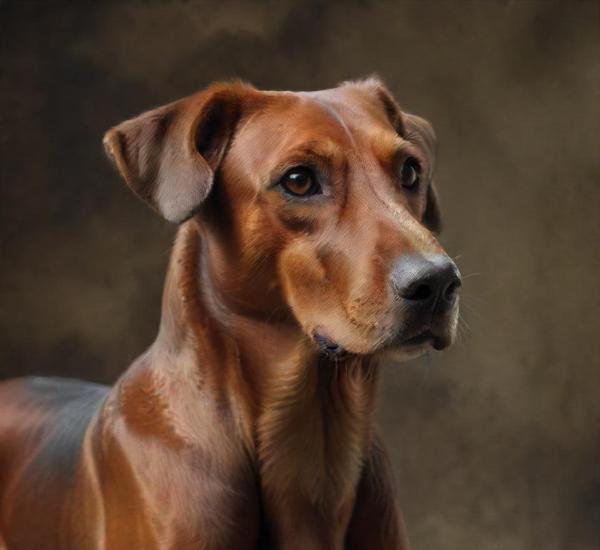
The Hanover Hound, also known as the Hanoverian Scenthound, is a distinguished breed renowned for its exceptional tracking abilities and rich history. Originating from Germany, …
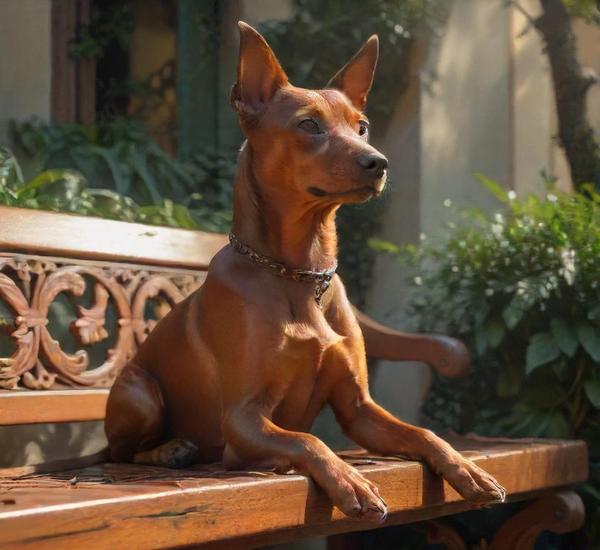
The Austrian Pinscher, a rare and captivating breed, stands out for its versatility, intelligence, and striking appearance. Originating from Austria, this medium-sized dog was historically …

The Austrian Black and Tan Hound, also known as the Österreichischer Schwarz und Tan, is a distinguished breed deeply rooted in the rich tapestry of …
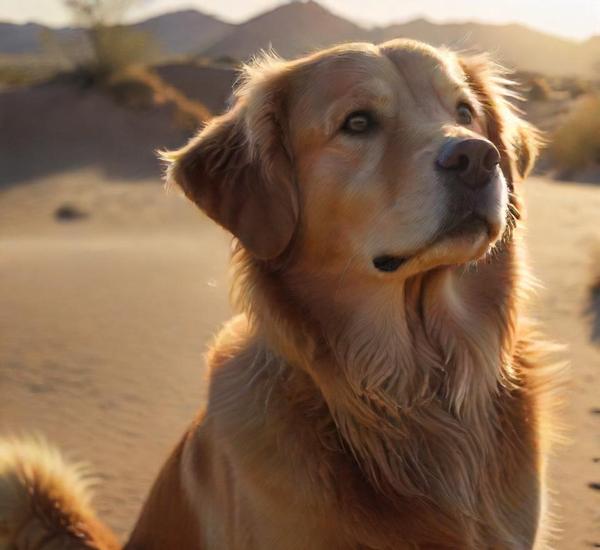
The Barak hound is a rare and fascinating breed that captures the attention of dog enthusiasts with its unique blend of history, appearance, and temperament. …
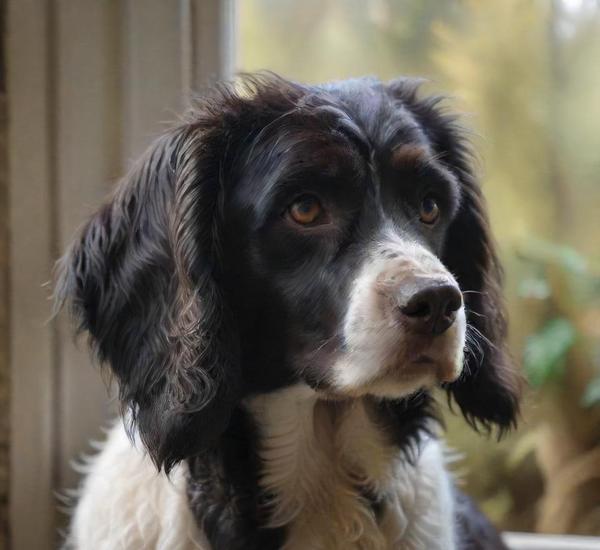
The Small Munsterlander, a lesser-known gem among dog breeds, offers a blend of versatility and charm that makes it a delightful companion for many dog …

Greyhounds, renowned for their incredible speed and sleek, aerodynamic build, have captured the hearts of dog enthusiasts for centuries. Originating from ancient Egypt, these elegant …

The Irish Water Spaniel, with its distinctive curly coat and lively personality, stands out as one of the most intriguing breeds in the spaniel family. …
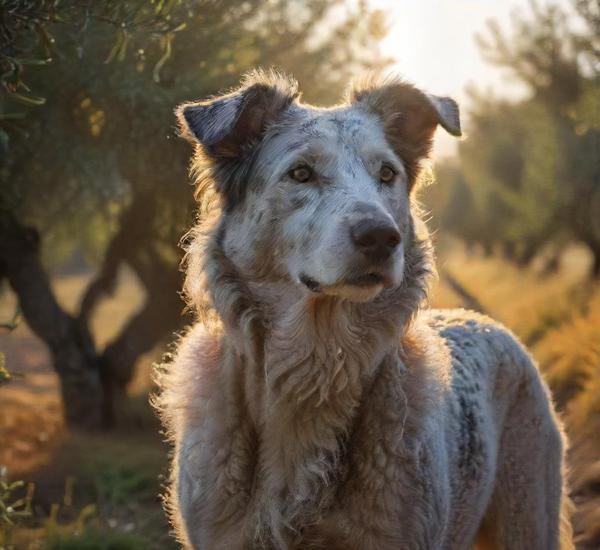
The Rafeiro do Alentejo, a majestic and ancient breed, embodies the spirit and history of Portugal’s Alentejo region. Renowned for its impressive size, loyalty, and …
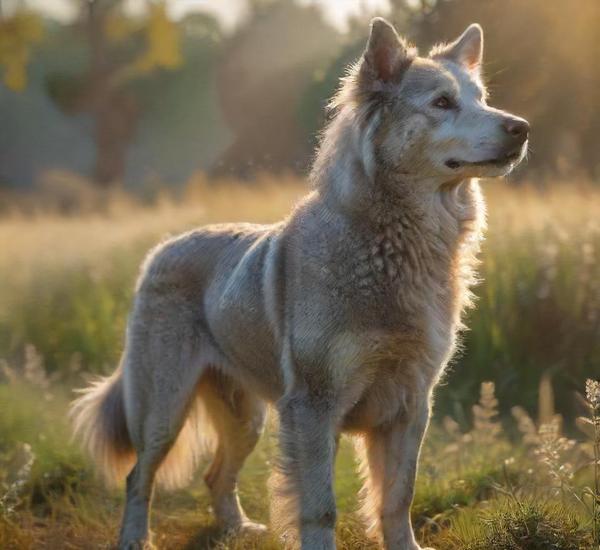
The Chortai dog breed, often shrouded in mystery and intrigue, is a fascinating example of the rich tapestry of canine diversity. This breed, originating from …